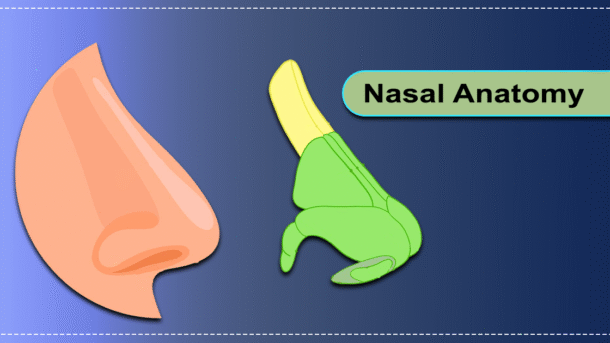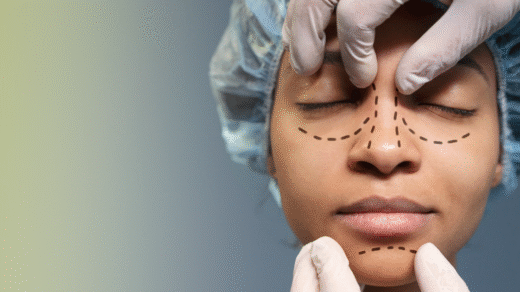When people hear the terms “rhinoplasty” or “nose job”, they typically think of changing the size or form of the nose. Rhinoplasty, on the other hand, is one of the most complex cosmetic surgeries since the nose serves as both an aesthetically pleasant feature and the principal airway. To get superior results, a surgeon must have a thorough understanding of nasal anatomy.
The Nose: A Framework
The nose can be compared to a tent.
- The framework provided by the poles, or nasal bones and cartilage, shapes the bridge and tip.
- The cloth that covers the structure is composed of skin and soft tissue. The outcomes will be more refined depending on the thickness.
- Through the nasal valves (entrance of the nose) and nasal septum (partition of the nose), airflow is allowed. Breathing becomes difficult if these are damaged or constricted.
If a tent’s poles are weak, it will collapse. Blocking the doorway results in restricted airflow. Extremely thick or thin cloth might not live up to expectations.
Anatomy’s Importance in Rhinoplasty
- Look: Bone and cartilage give the nose its shape. Understanding them ensures natural-looking, face-fitting results.
- Breathing: Weak nasal valves or a crooked nasal septum might cause blockage. These issues are resolved by a skilled rhinoplasty surgeon when he refines the nose.
- Longevity—Tip drooping, collapse, or the need for revision surgery later on could result from excessive cartilage reduction or from ignoring skin thickness.
The Dangers of Ignoring Anatomy
Patients may experience irregular forms, “overdone” noses, or frequent breathing problems if anatomy is not maintained. Revision rhinoplasty, which is more involved than the initial operation, is frequently required for these problems.
Form and Function in Balance
A successful rhinoplasty combines functional preservation with cosmetic balance. A nose is not a true achievement if it looks great but is unable to breathe. The best rhinoplasty results are those that preserve healthy airflow while blending in with the patient’s face.
Selecting the Appropriate Surgeon.
Patients should choose a board-certified rhinoplasty surgeon or facial plastic surgeon since rhinoplasty requires both artistic vision and anatomical knowledge. These experts are trained to produce results that are long-lasting, beneficial, and natural.





